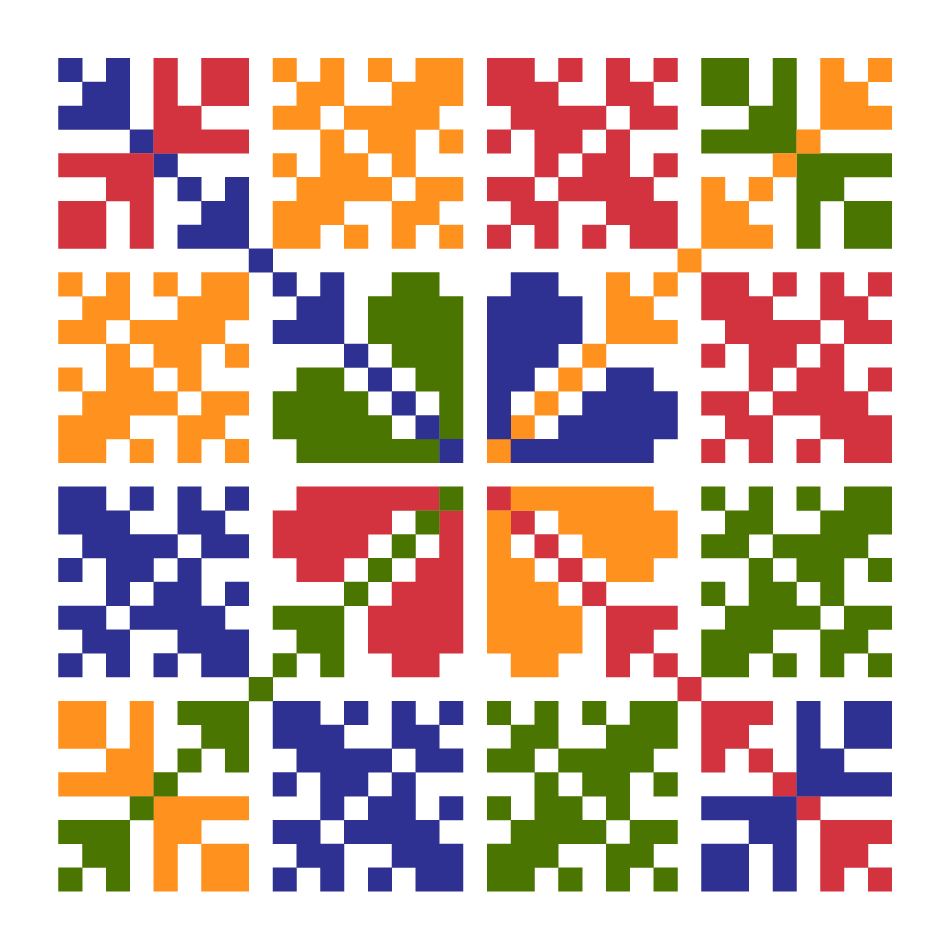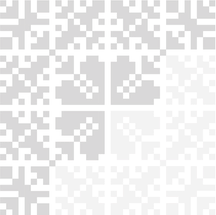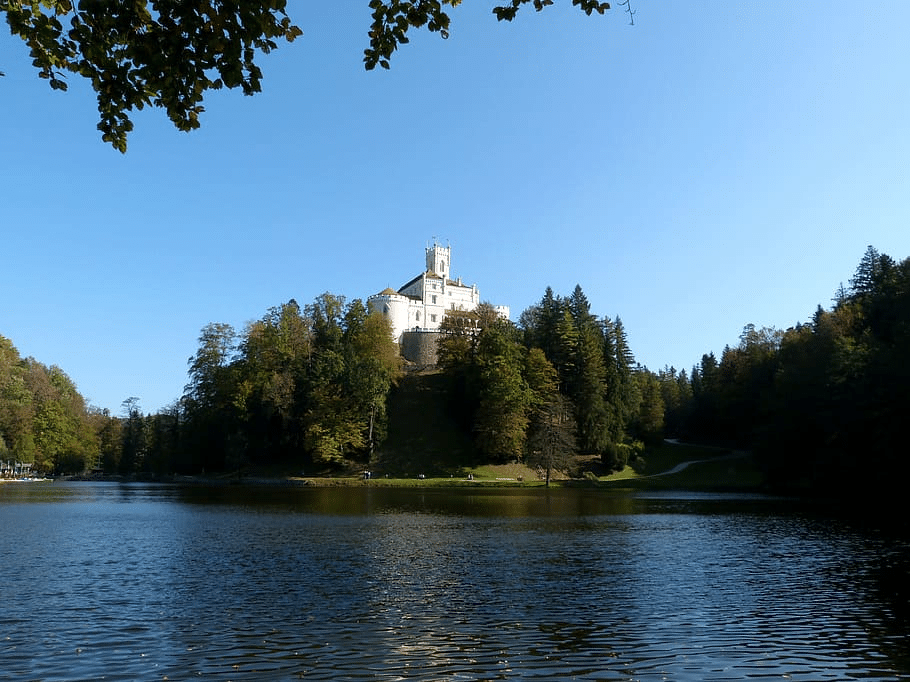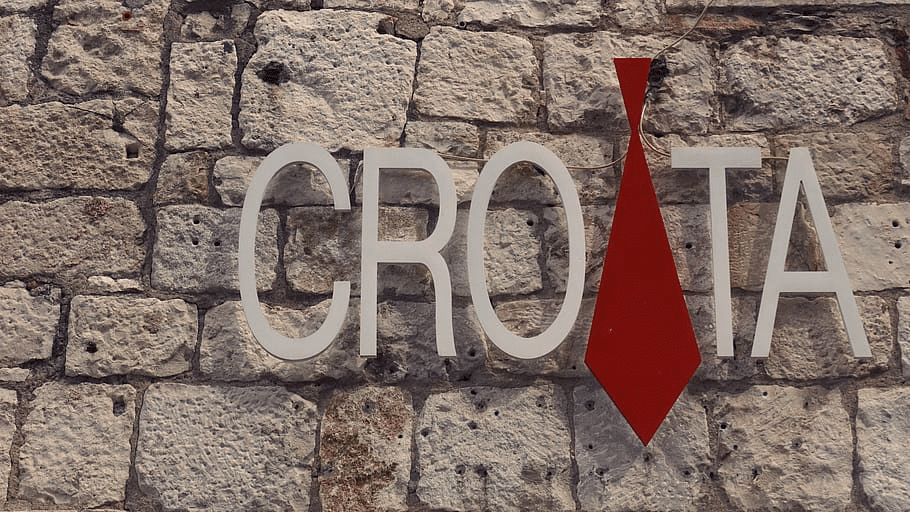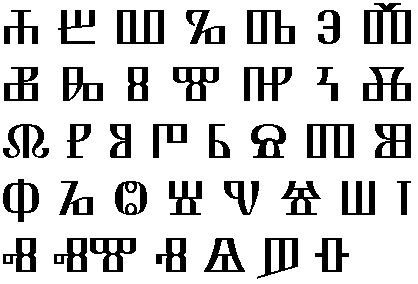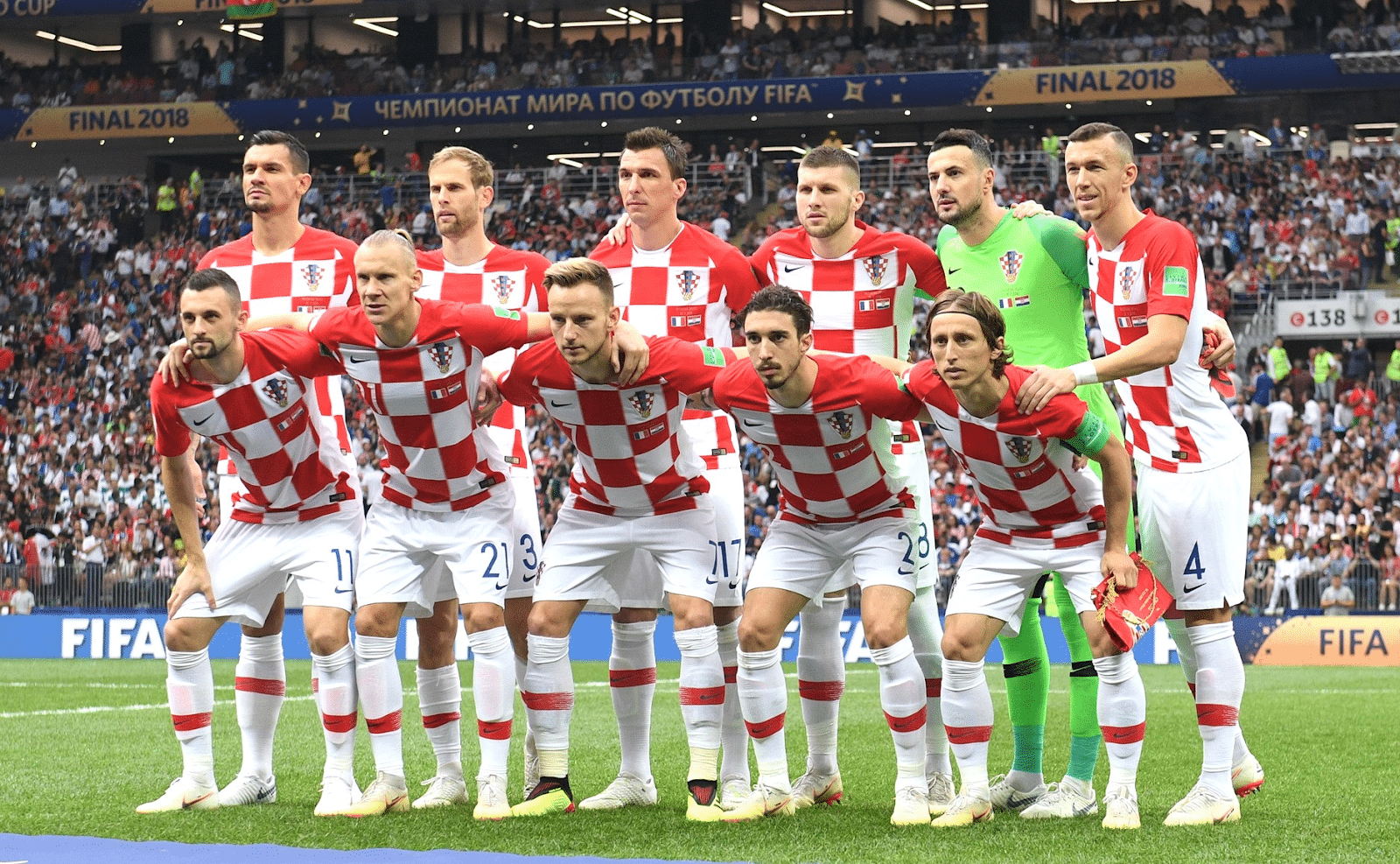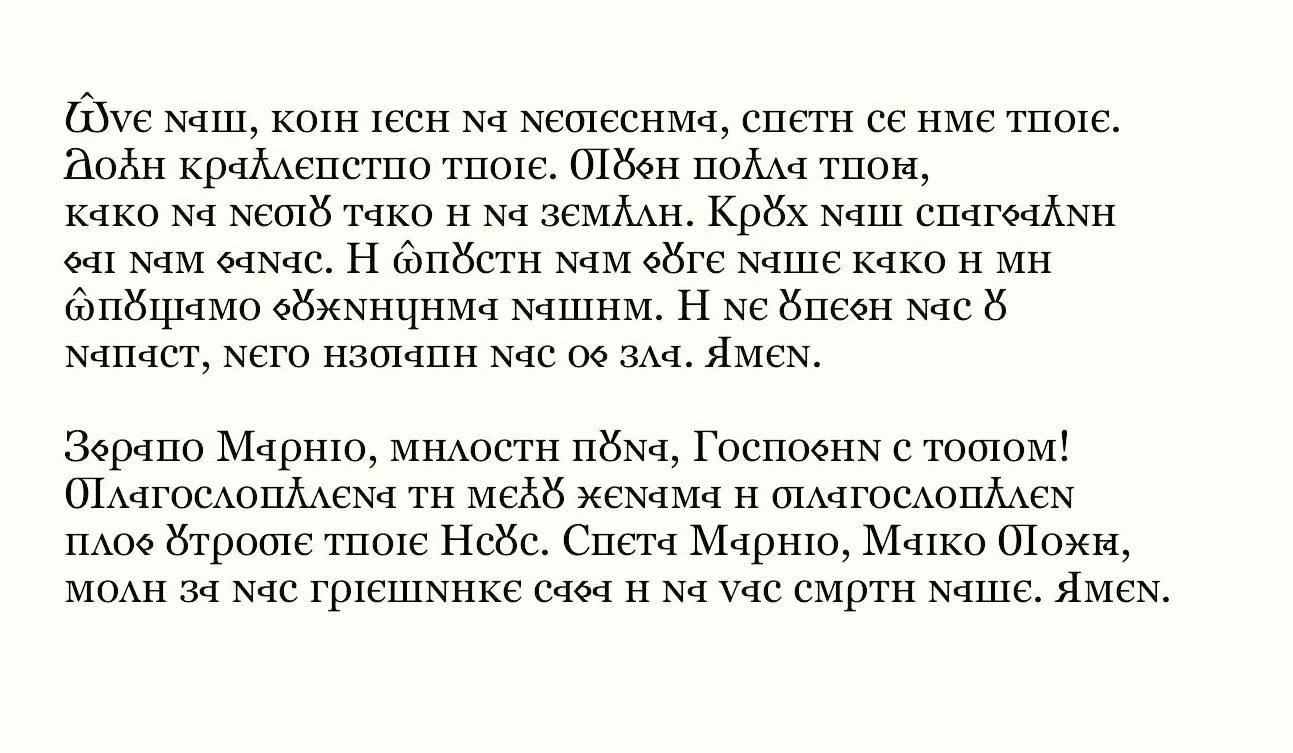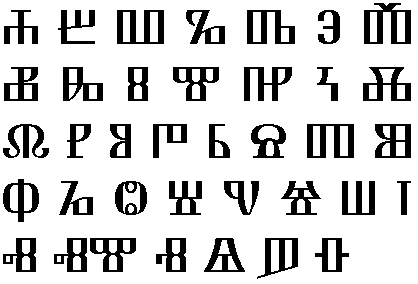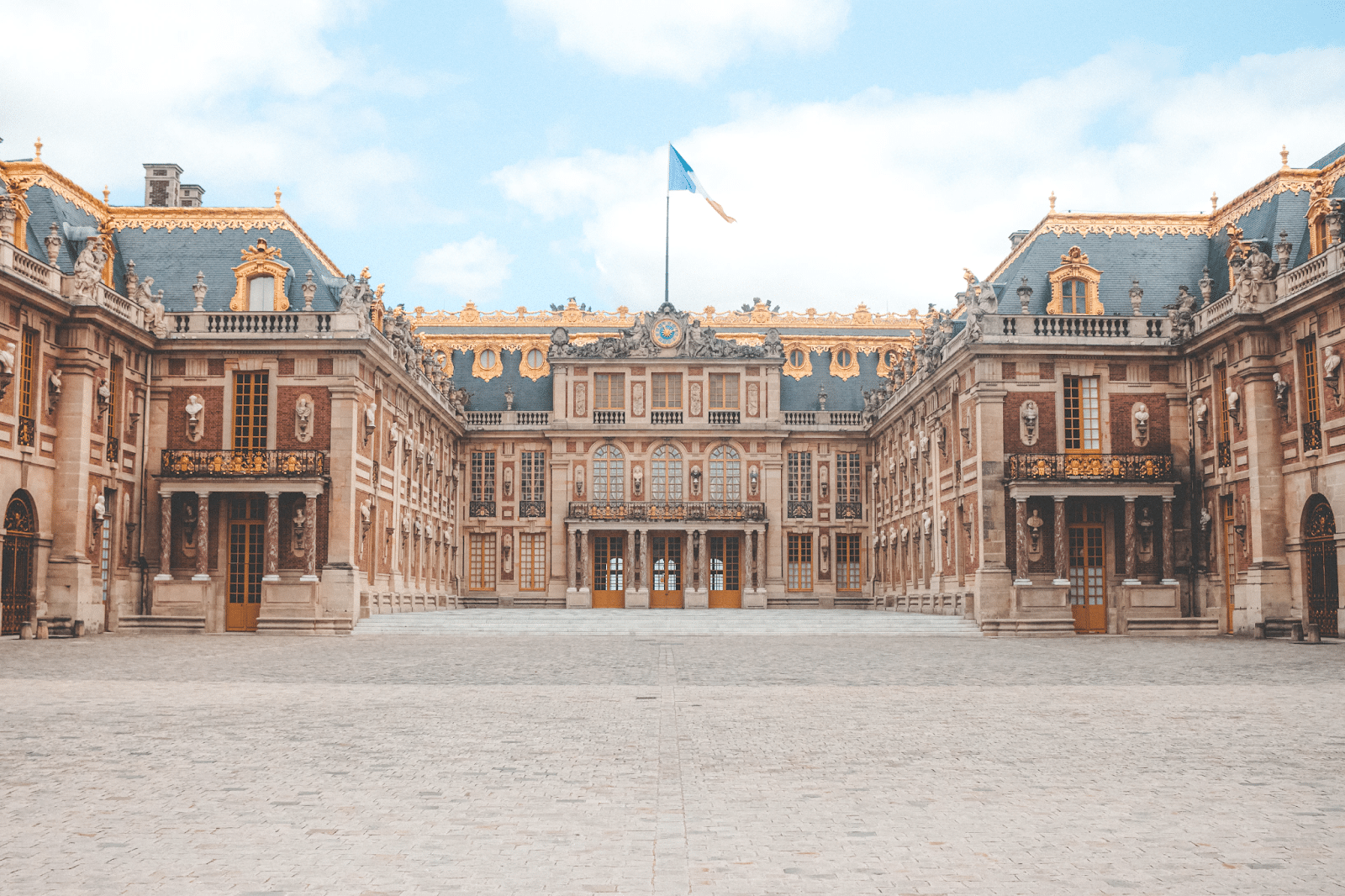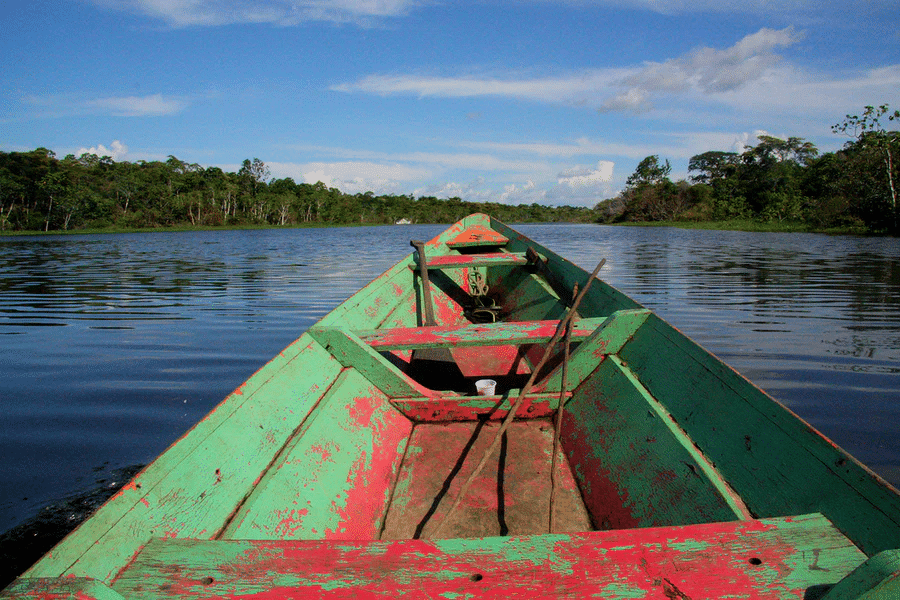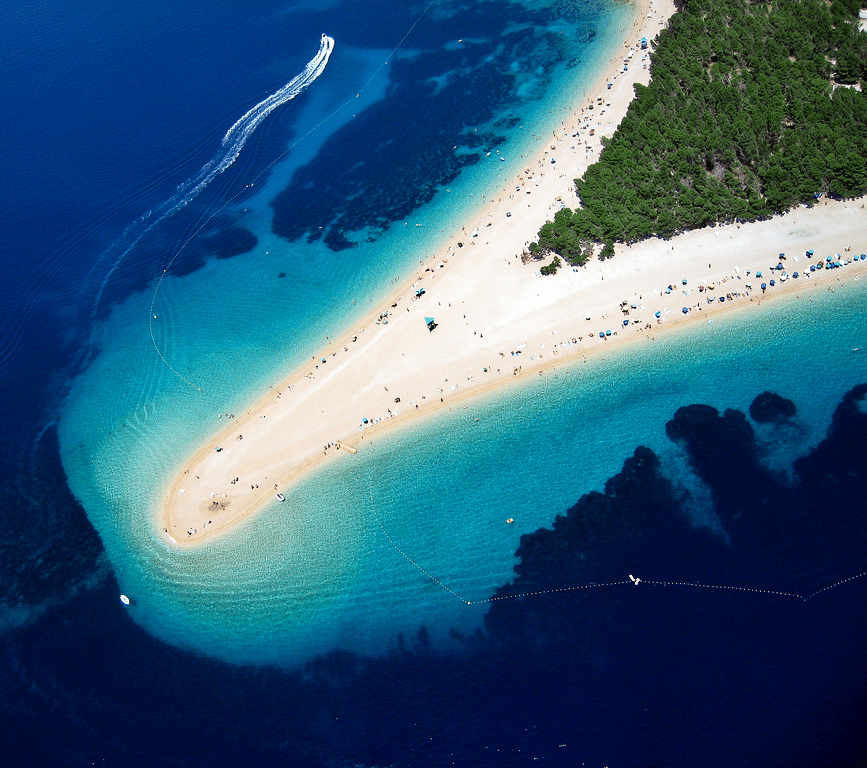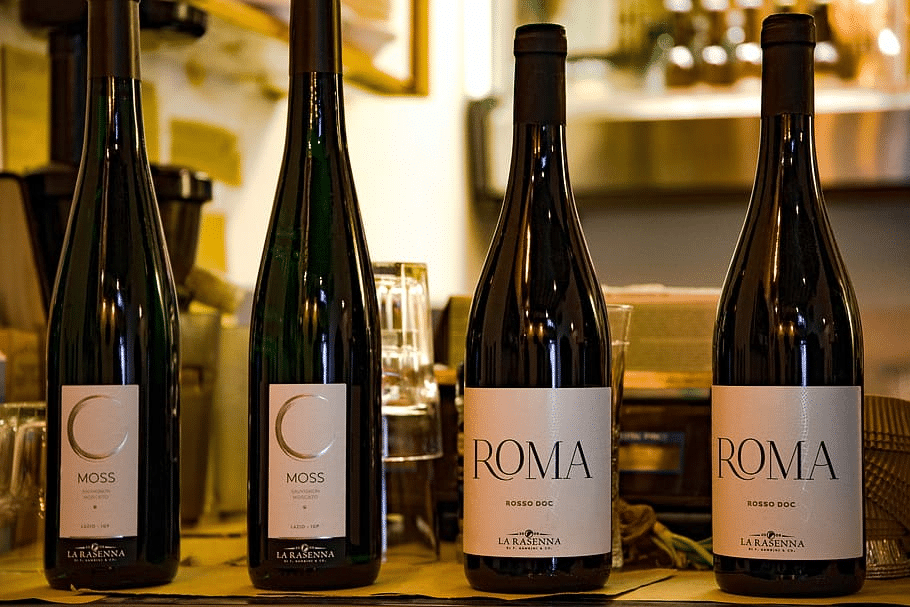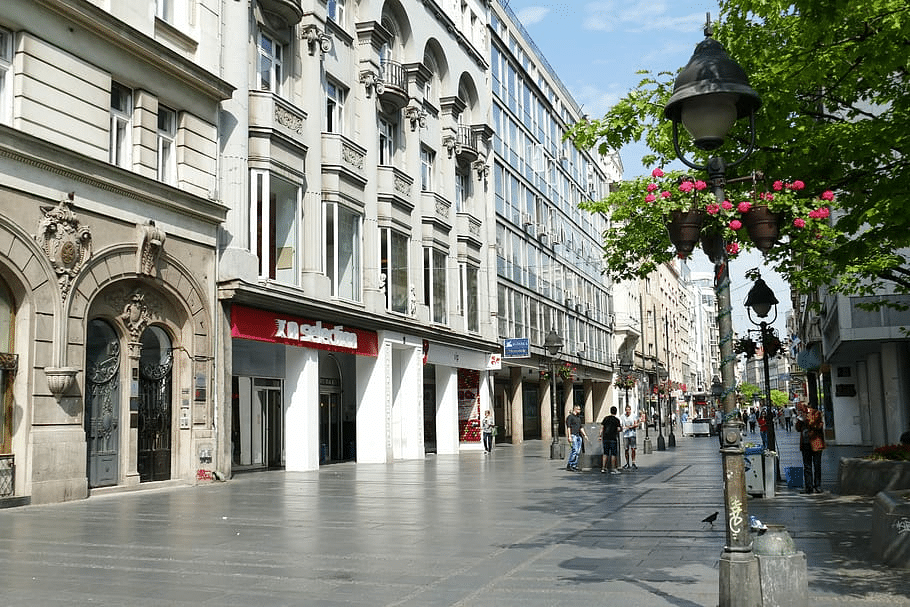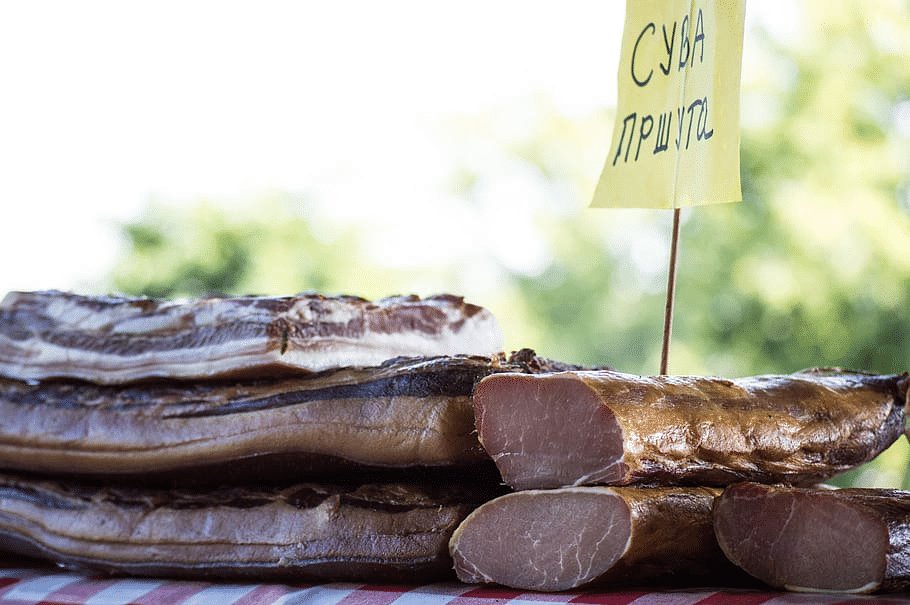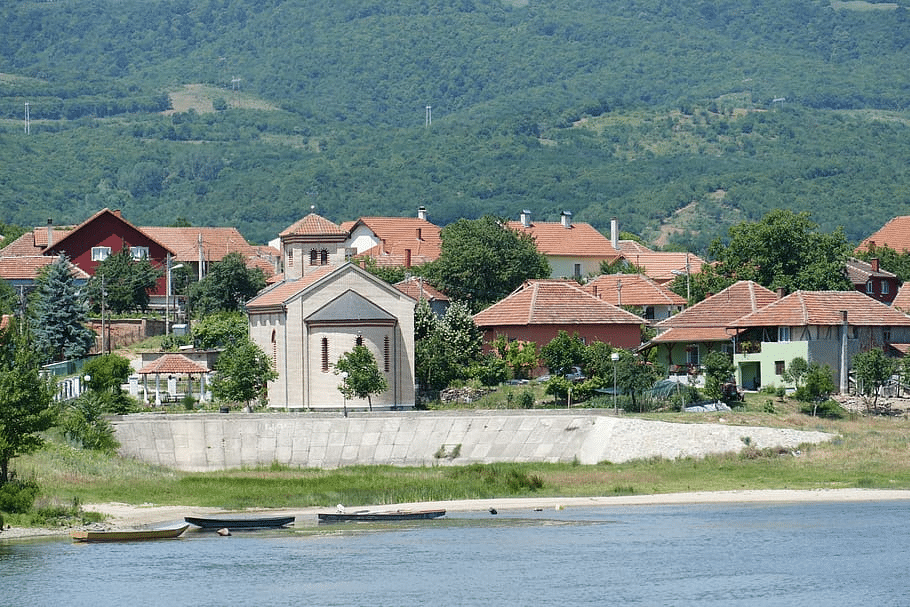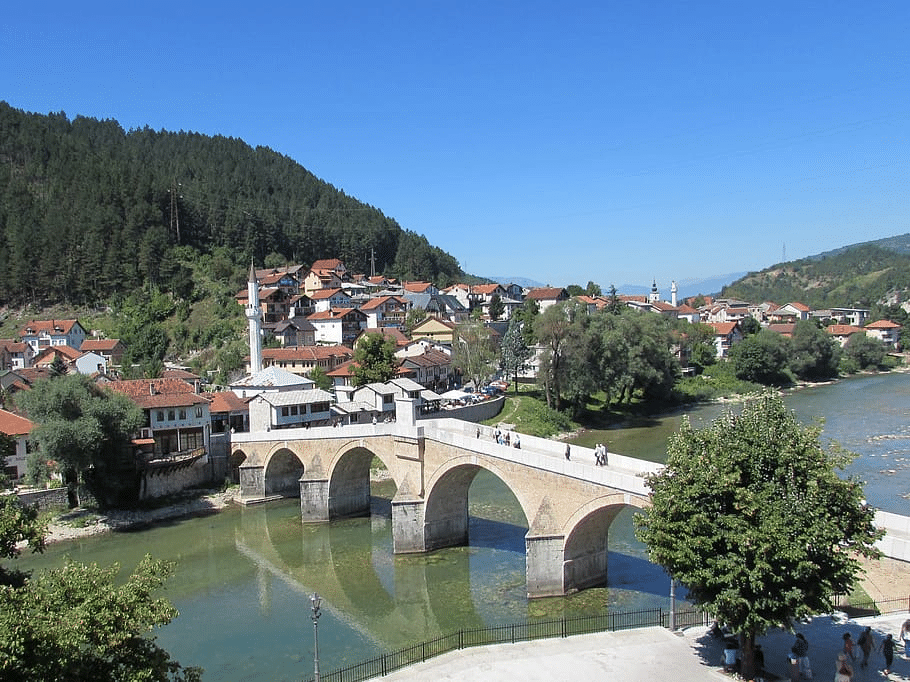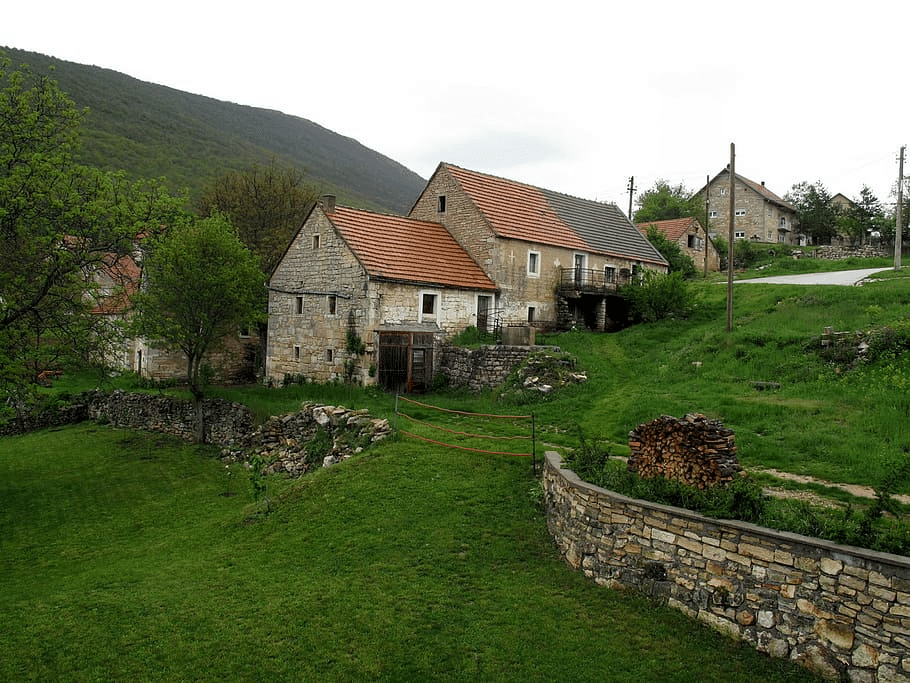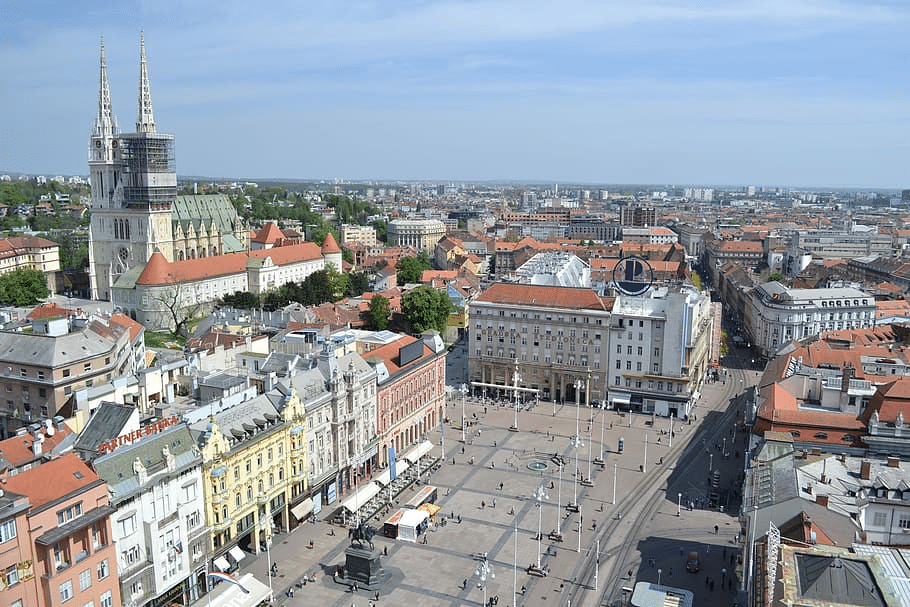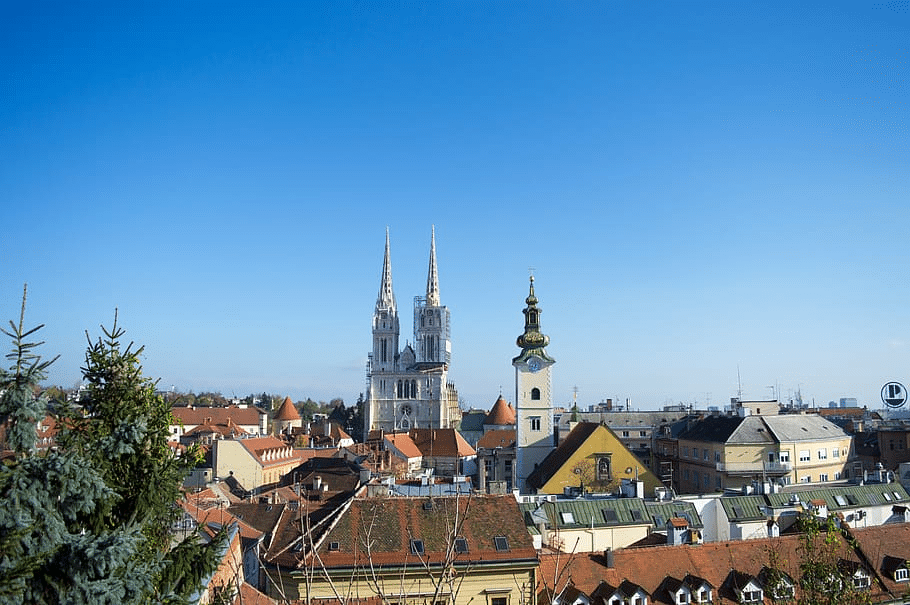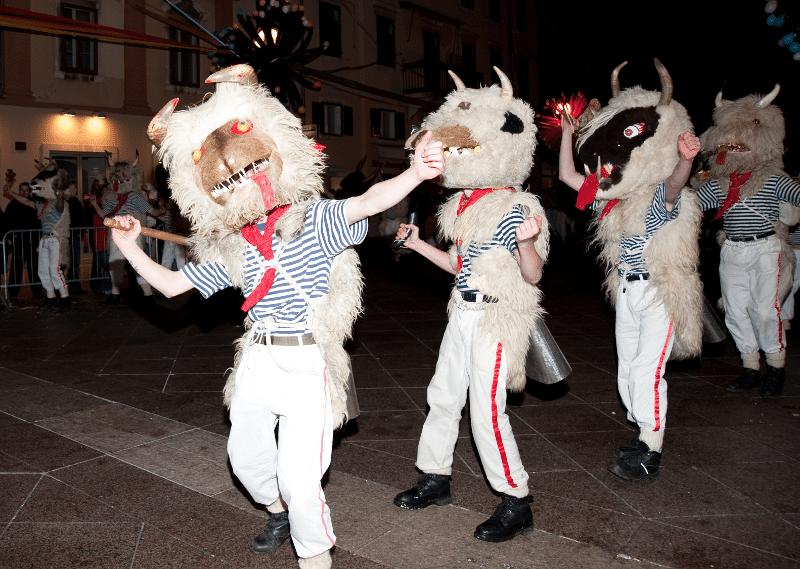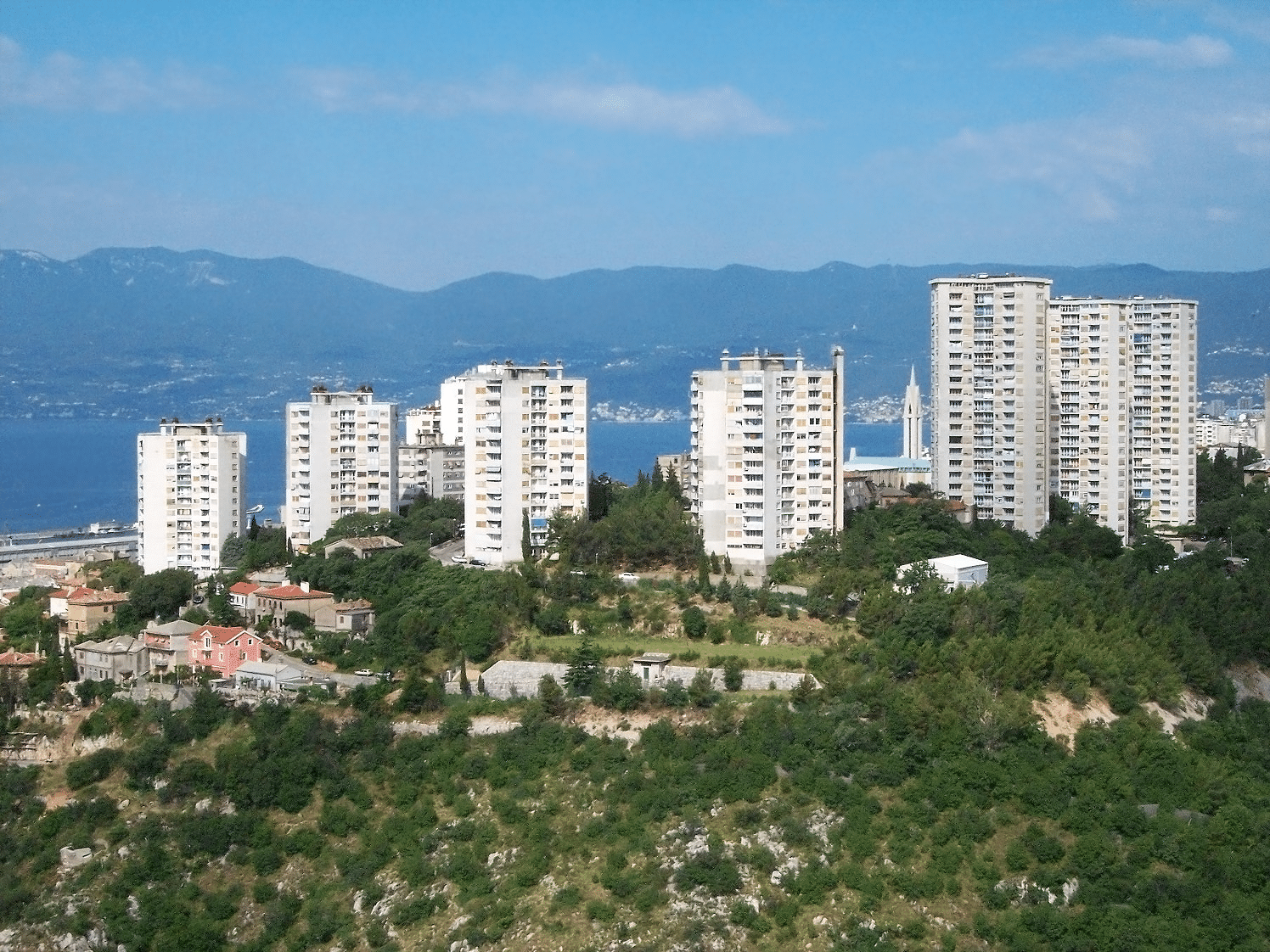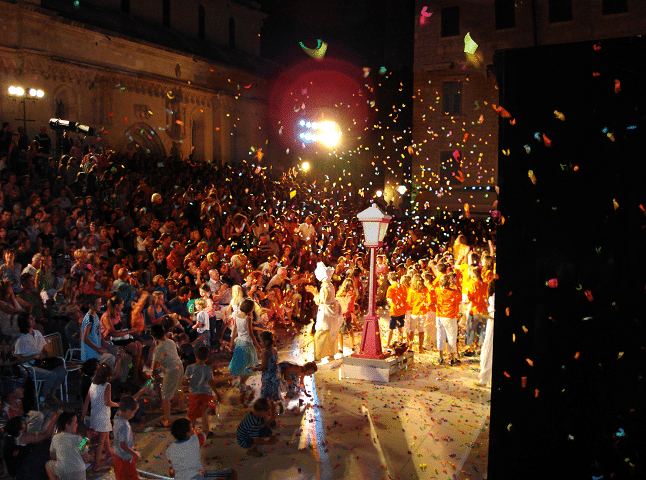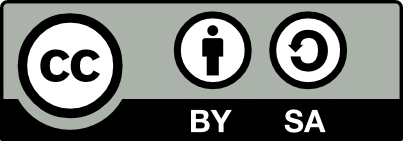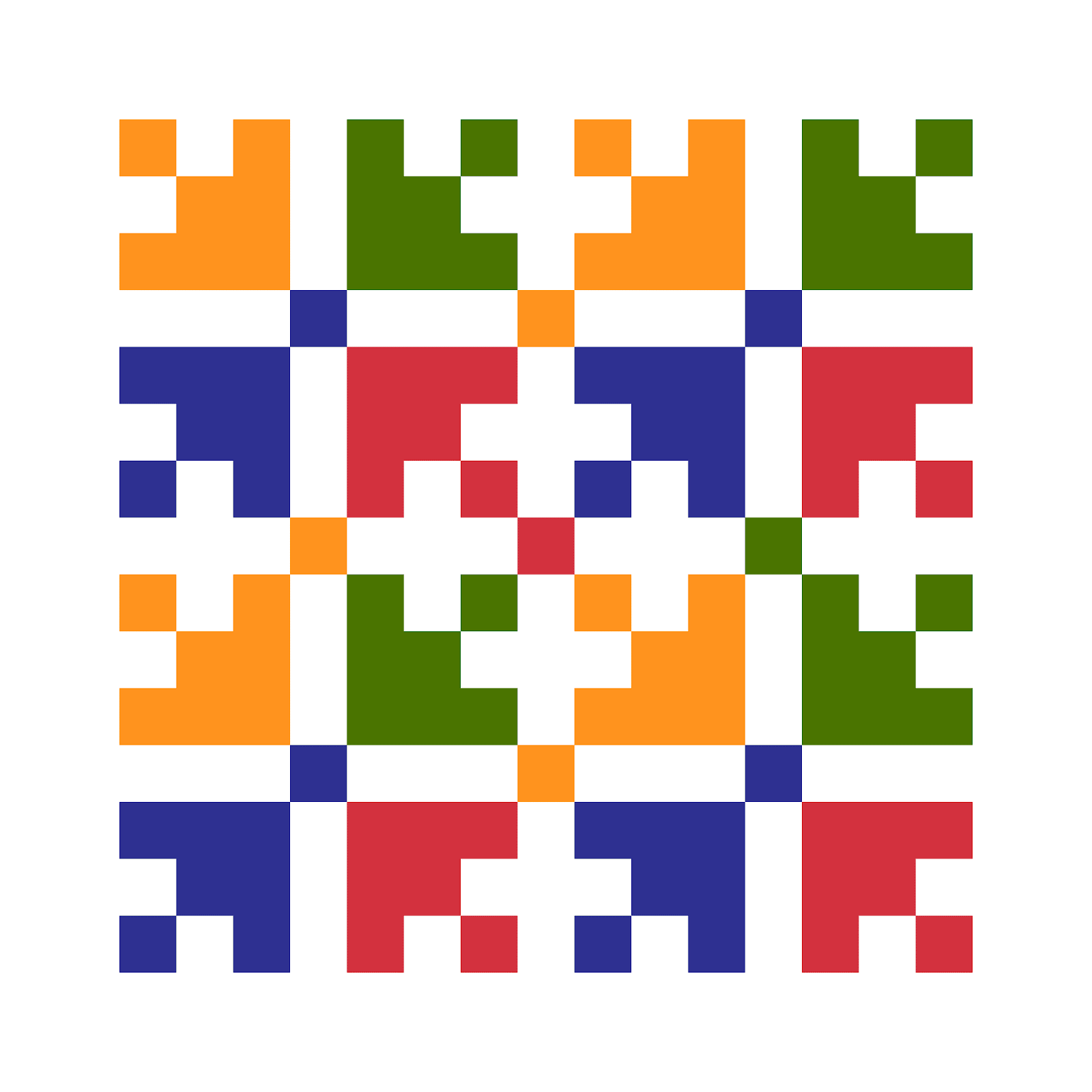C3 M2 L1 Grammar
3 | Modul 2: Gramatika
Kultura i baština
3 | 2 | Lekcija 1: Tradicija
You have already learned how to ask “whose is it?” You have also learned that the form whose in Croatian has 6 different forms: one for each gender in the singular form, and one for each gender in the plural form. To review your grammar knowledge on whose – check the Grammar section in Unit 1 – Module 2 – Lesson 3.
You also learned how to reply to the question “whose is it?”. So far you have learned that we can use a possessive pronoun in your answer, such as “It’s his [car]” or “It’s her [car].” To review your grammar knowledge on his/her – check the Grammar section in Unit 1 – Module 2 – Lesson 3. Further, in this Unit you also learned that we can reply to the question “whose is it?” by using personal names in our reply, such as: It’s Marko’s or It’s Laura’s. To review your grammar knowledge on his/her – check the Grammar section in Unit 3 – Module 1 – Lesson 4.
Now, you will learn how to provide an answer to “whose is it?” when referring to inanimate objects, such as that something belongs to a country or a city (It’s a Croatian tie.).
|
| Inanimate Possessive Adjectives
Possessive adjectives are formed from geographical names (countries, towns, cities, villages, etc.) and common nouns denoting places to express the notion of belonging to a particular place. They have different endings for all three genders, both in singular and plural, depending on the noun following the adjective:
| masculine | feminine | neuter |
singular ending | -i | -a | -o |
plural ending | -i | -e | -a |
As you can see, the ending for masculine gender in singular and plural forms is the same! This kind of possessive adjective (if they come from a specific geographical name) is always written in a lower case (e.g., hrvatski jezik). There are three different endings for this kind of possessive adjective:
| The first type of ending is the ending -ski.
This is the most common type and is used with all the countries ending in -ska (Francuska, Hrvatska, Švedska) or countries like Rusija, Belgija, Argentina, Brazil, Portugal, Japan, etc. This ending is also used for most of the general nouns denoting a place (šuma, grad, etc.).
hrvatski dvorac | hrvatska kravata | hrvatsko pismo |
| ||
hrvatski nogometaši | hrvatske šume | hrvatska pisma |
Other examples (given in just one gender) are below. These follow the same pattern as the Croatian examples above.
francuski dvorac | ruski trg | brazilska rijeka |
argentinski nogometaš | belgijsko pivo | portugalska obala |
| The second type of ending is -čki.
This ending is used with countries ending in -čka (Njemačka, Grčka) or territories that end in -ka (Amerika). This ending is also used if the last sound of the noun is c, k or č. See examples below.
| ||
američki kip | afrički kontinent | bračka plaža |
Amerika | Afrika | Brač |
| The third type of ending is -ški.
This is used with countries that end in -ška (Norveška, Češka). This ending is also used if the last sound of the noun is: g, h, s, z, š or ž. See examples below.
češki sat | pariški toranj | ciriška rijeka |
Češka | Pariz | Zurich |
Some countries have additional changes when creating possessive adjective forms (only singular forms are listed below).
Italija
talijanski grad | talijanska pizza | talijansko vino |
Srbija
srpski grad | srpska hrana | srpsko selo |
Bosna i Hercegovina
bosanski grad | bosanska hrana | bosansko selo |
Some Croatian cities have additional changes with possessive adjective forms (only singular forms are listed below).
Zagreb
zagrebački trg | zagrebačka katedrala | zagrebačko jezero |
Rijeka
riječki karneval | riječka luka | riječko naselje |
Dubrovnik
| ||
dubrovački festival | dubrovačka katedrala | dubrovačko naselje |
Šibenik
šibenski festival | šibenska katedrala | šibensko naselje |
3.2 Zadatak 1. Čiji?
Complete each question by choosing from a drop-down menu the appropriate form of whose. Then answer the question. This task follows the material covered in class.
3.2 Zadatak 2. Znamenitosti
Read the following questions and answer the question by using the correct form of possessive adjective. Pay attention to the picture. They will help you understand the question. Use the name of the country in order to express to whom the thing pictured belongs.
3.2 Zadatak 3. Kultura
Look at the picture. Then complete the question form and provide an answer. At times more than one answer might be possible. In that case, use only one. For example: Čija je kravata? To je hrvatska kravata.
Images used in this document are from these sources.
